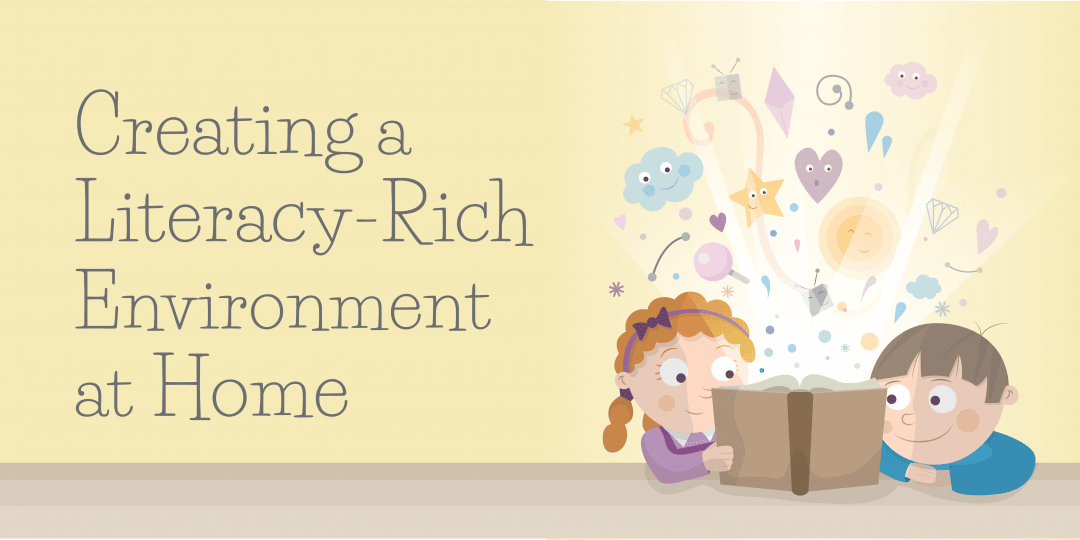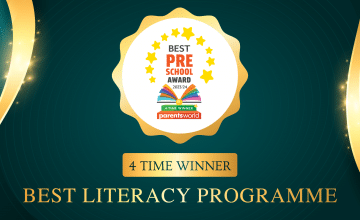Creating a Literacy Rich Environment at Home
- Feb 07, 2020
- By Marketing
- In Uncategorized
- 0 Comments
A literacy-rich environment at school encourages early literacy in the child. As a parent, you know that your child is spending time in the classroom with formal literacy lessons and reading practice, but how can you maximize opportunities at home to build on that instruction?
One way of doing so is by creating a similar environment at home that is literacy-rich. Don’t worry as it takes minimal effort to create one. Just follow these five simple methods and you’ll be on your way to a literacy-rich home that not only develops your child’s literacy skills but also help nurture and cultivate a love for reading.
1. Ensure books and other reading materials are easily available
Make sure that all books and other reading materials are abundant and accessible. If you have a bookshelf at home, reserve the lower shelves for them and fill it with various books to make it easy for them to reach for one. Try to include different types of reading materials such as age-appropriate books, atlases, dictionaries, picture books, novels, magazines, newspapers, puzzles and more. If you have a corkboard, you could cut out and pin interesting articles there or even labels or recipes of their favourite food.
2. Share your love of reading and writing
We know that children love to emulate adult behaviour and actions. So, make sure you read in front of them regularly and they will start to follow so. You could read the newspaper or write a note while the child is doing their homework, bring a book and share stories while commuting, working together on crossword puzzles and more.
3. Set aside time to read together
Dedicating time regularly to read with your child is pertinent to creating a literacy-rich environment at home whilst enabling you to spend quality time bonding with the child. Reading to the child while they are doing potty is also a good practice. Storytime at bedtime is a tried and tested strategy and it also helps avoid screen time to promote a better night’s sleep for the child.
4. Have fun with word and phonics games
Besides being a great addition to the family’s weekend night game collection, it provides the child with a fun and novel way to learn words and develop their literacy skills without them even realizing that they are learning. Games such as Boggle, Scrabble, Upwords, Bananagrams, Pairs in a Pear, and more help teach important lessons on word structure and vocabulary. It also helps in developing cognitive capabilities and visuospatial skills.
5. Regular visits to the library
Plan regular trips to the library and take advantage of their child-focused programmes such as storytime sessions, art & craft activities and learning groups. These trips to the library would allow the child to access fresh reading materials and titles that appeal to them.
In Conclusion
A little planning and creativity are all it takes to make your home a literacy-rich environment, which helps your child build critical reading and writing skills. Parents play a crucial role in instilling reading habits in their children and it is best to nurture this habit in their formative years. Remember too that the child mirrors the actions of an adult. So, make sure you read and read and read in front of them and also with them.









